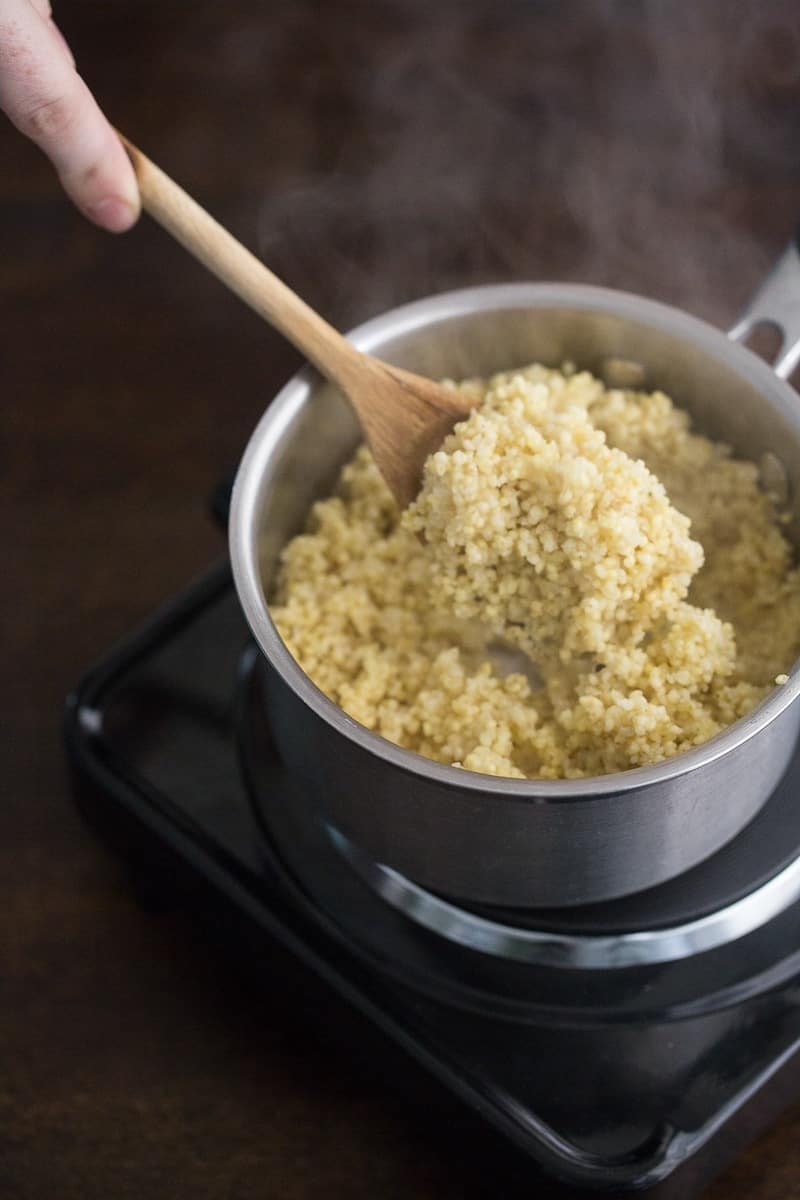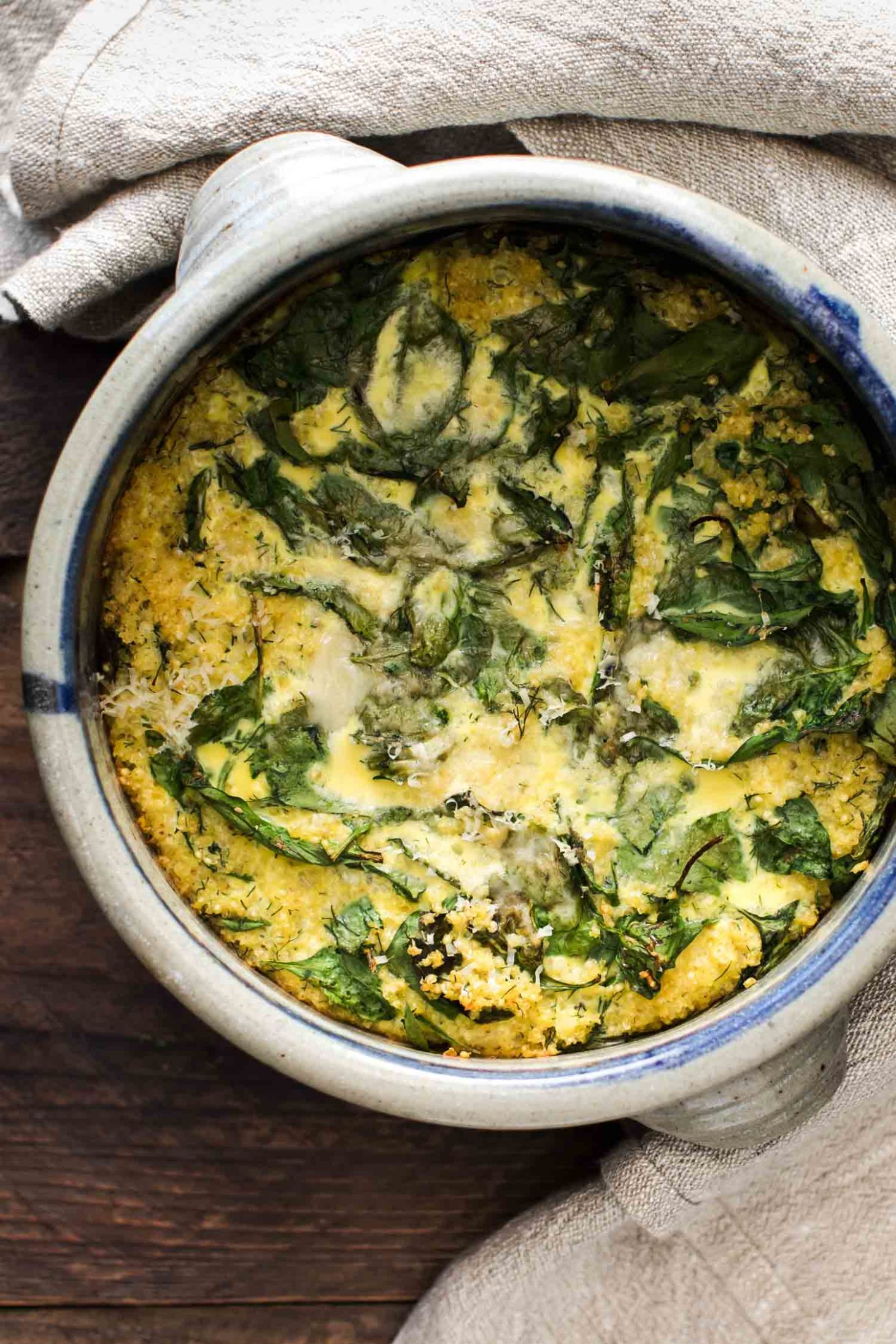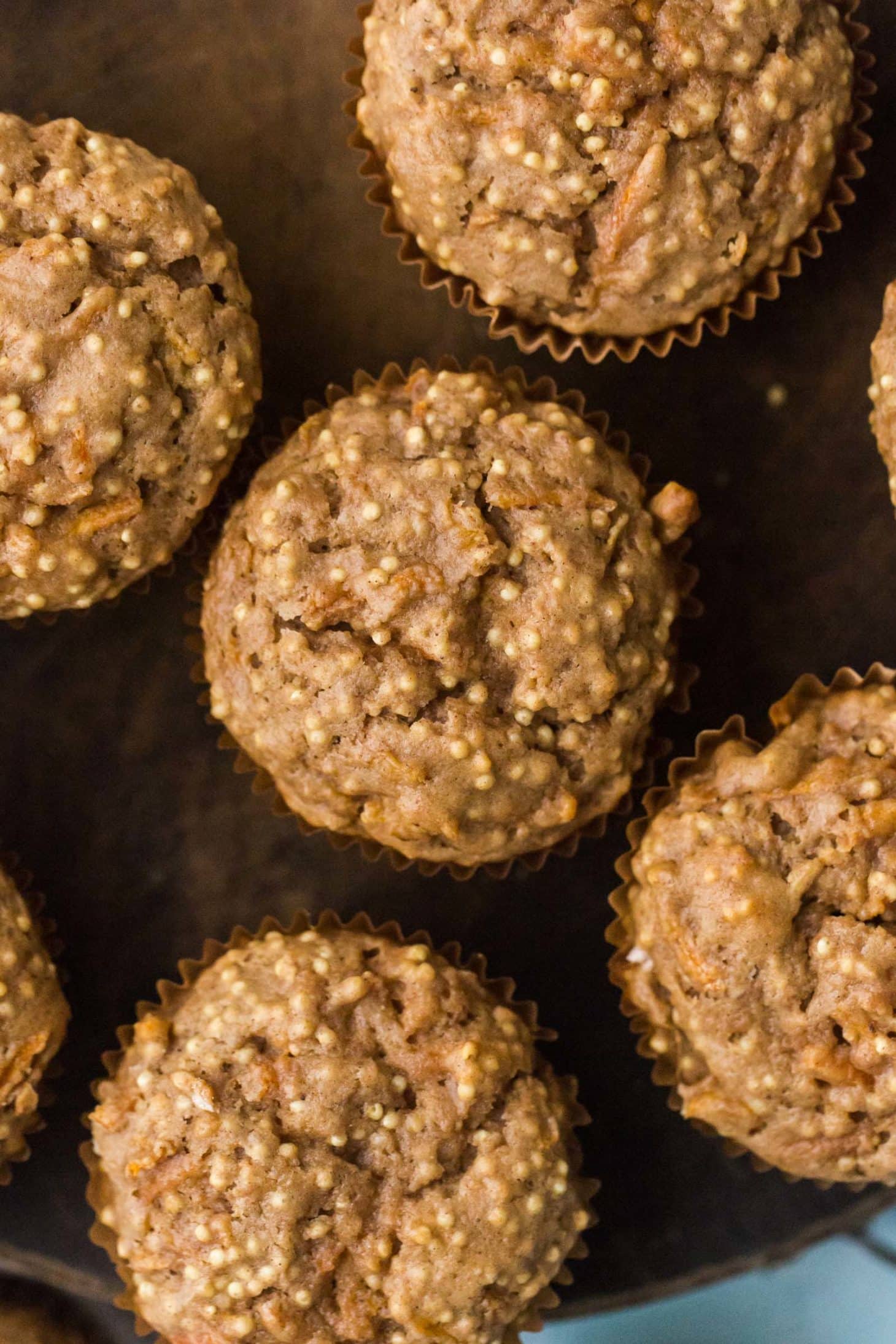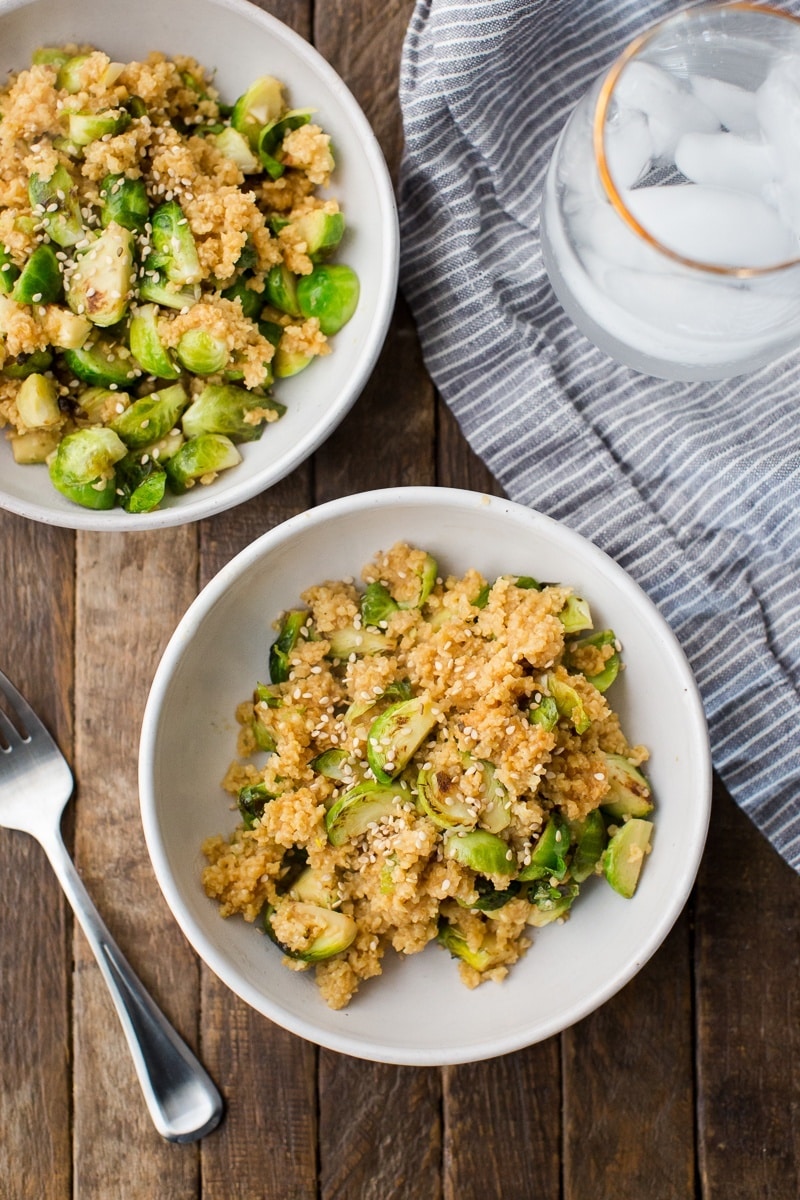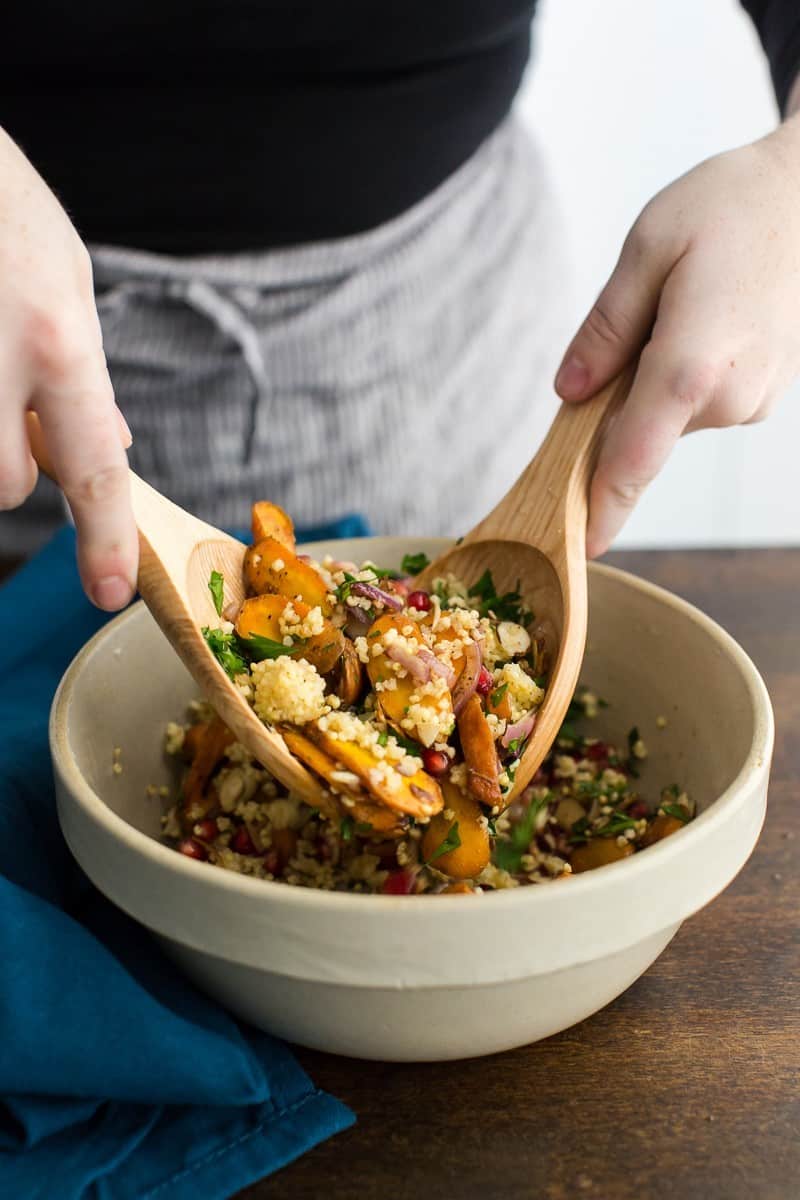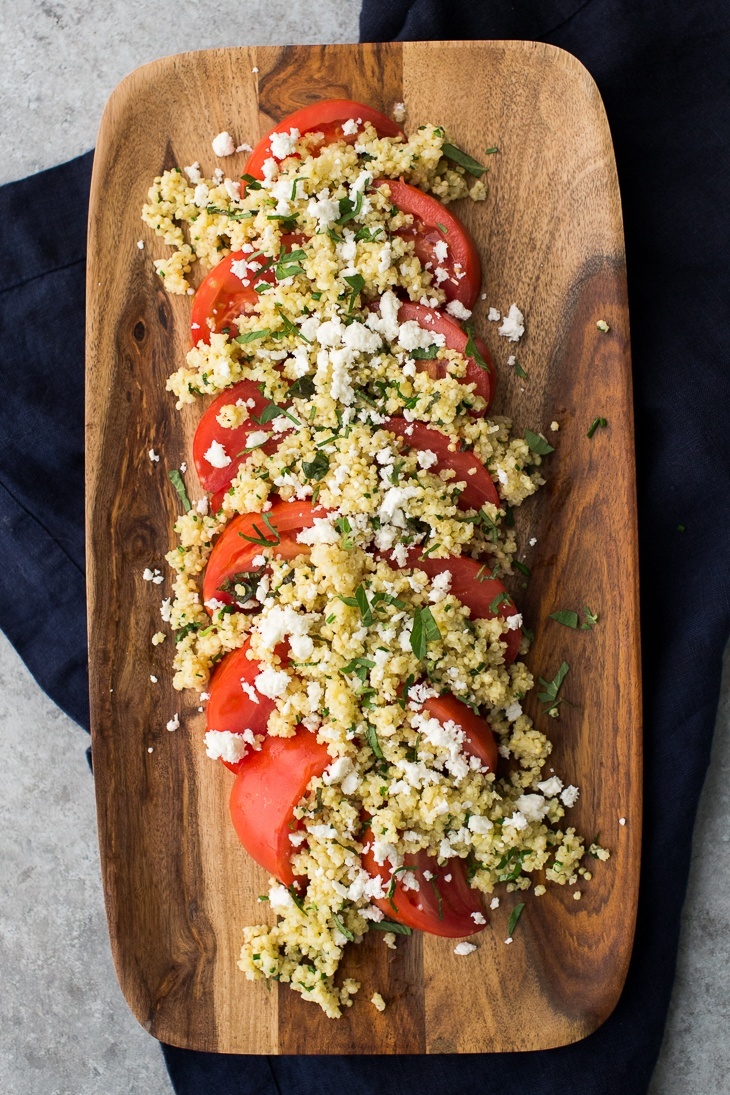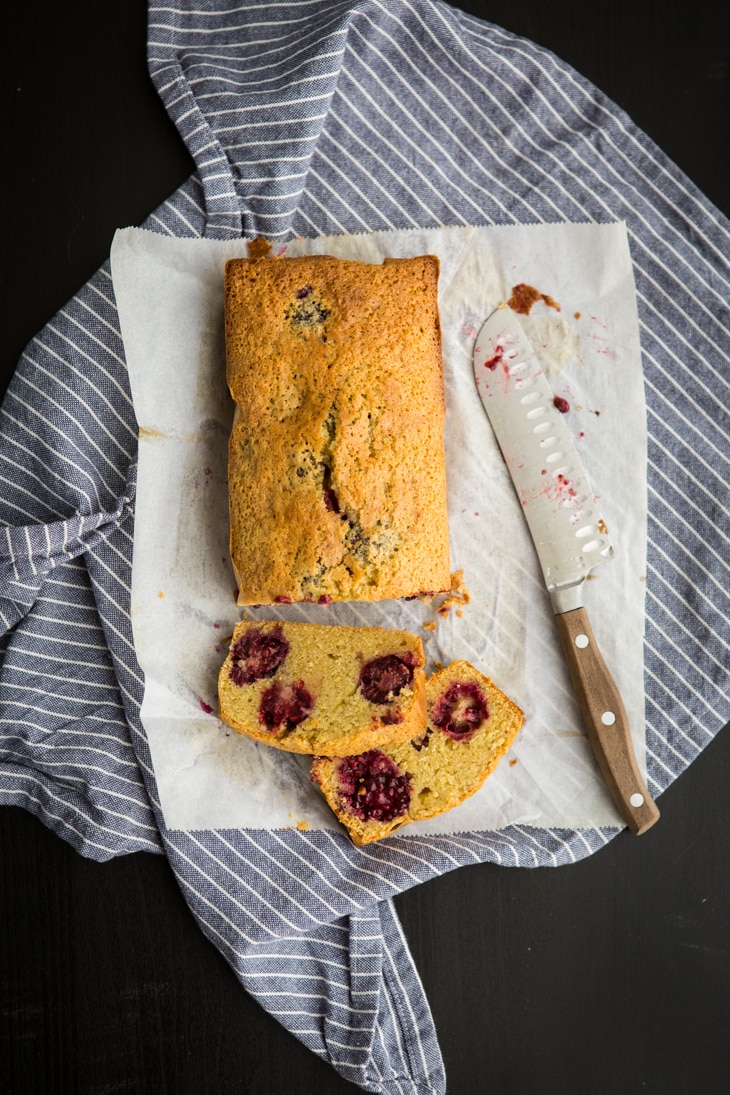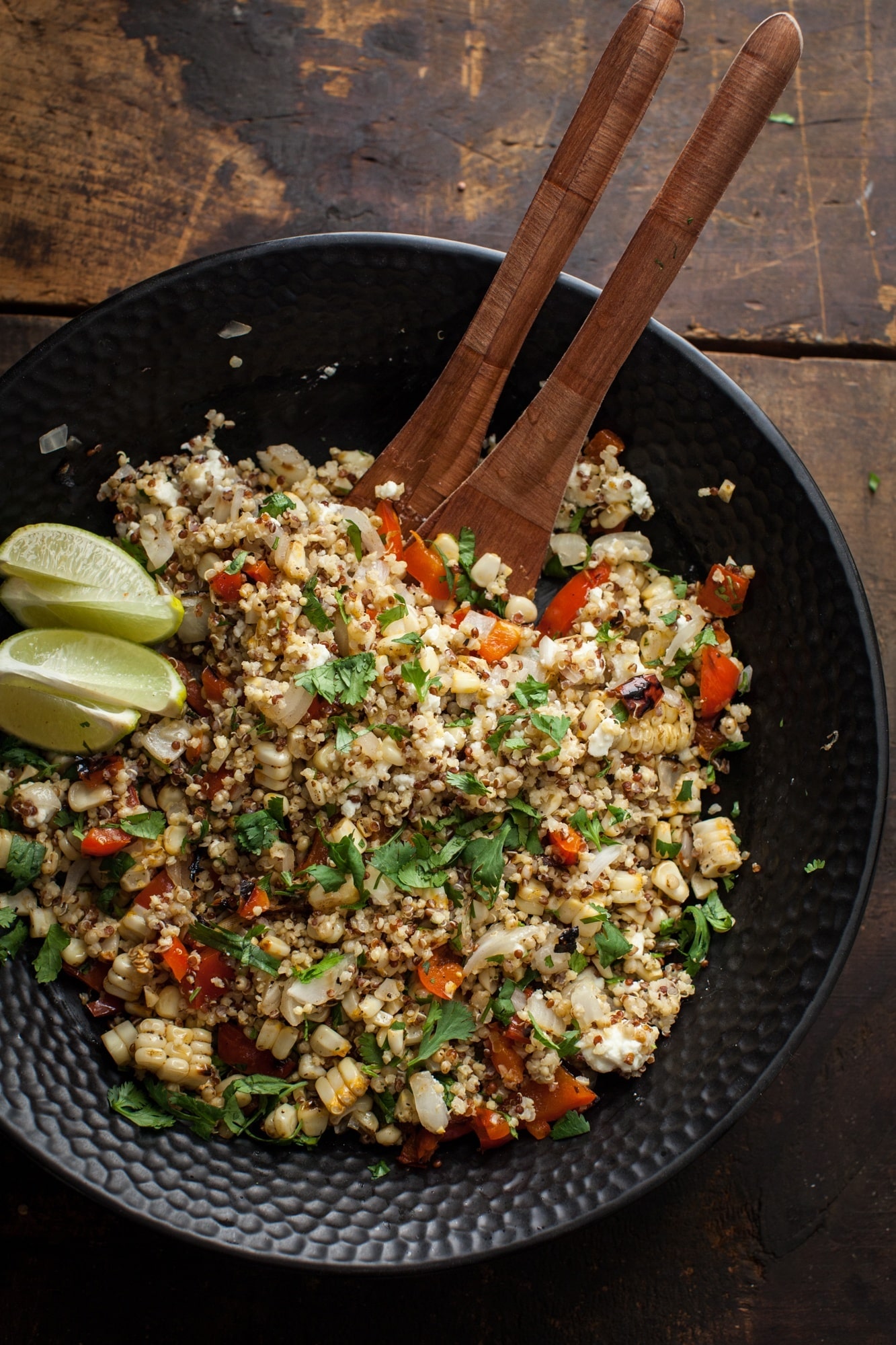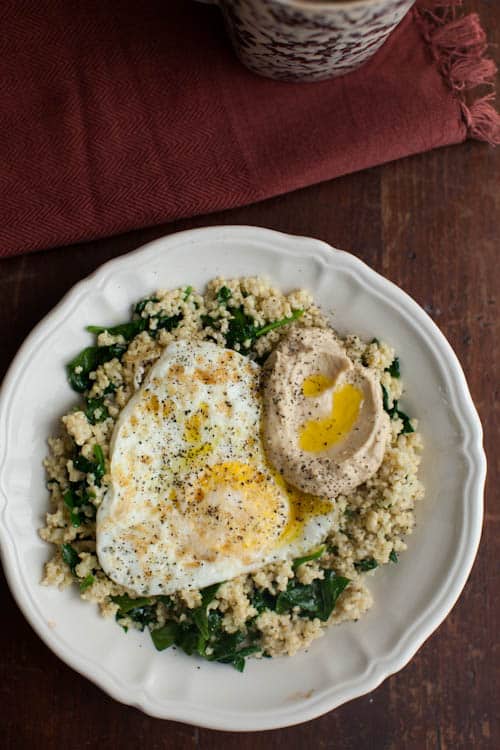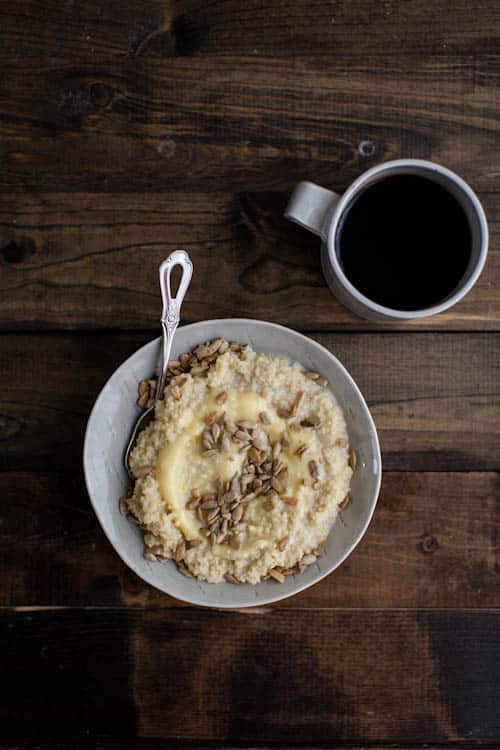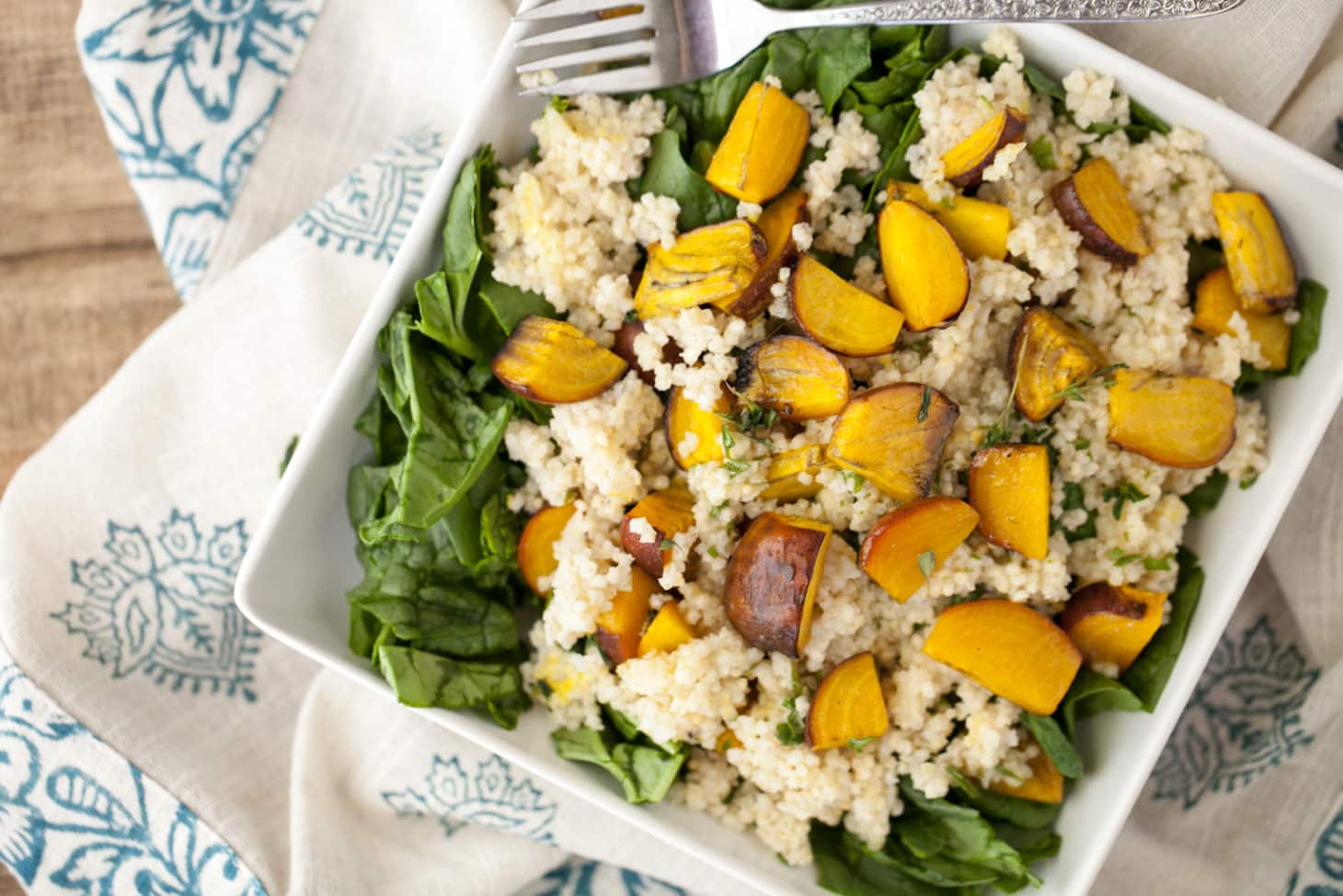
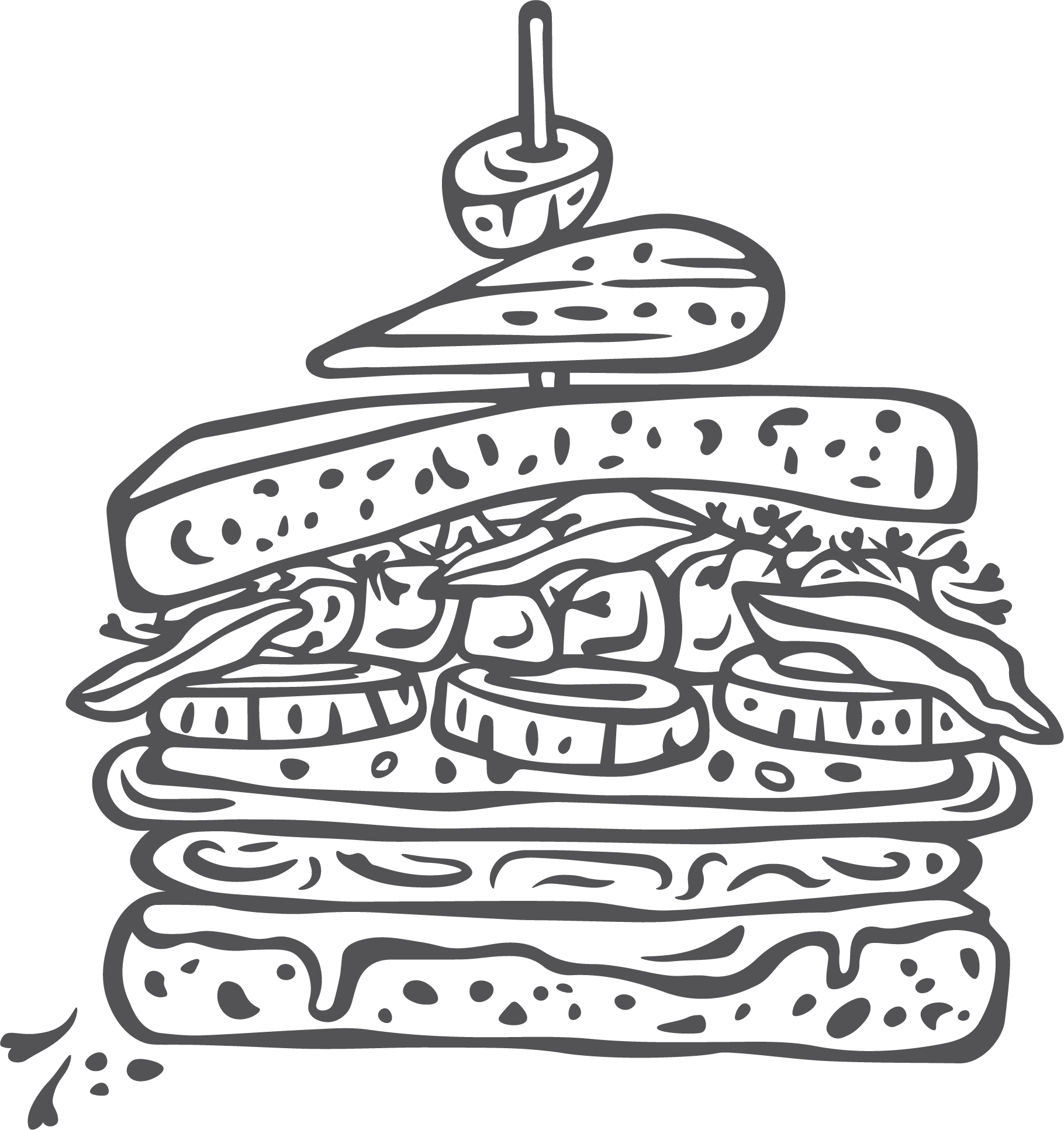
In the world of grains, millet has become a grain category unto itself, encompassing a few different varieties of grains that are all a bit similar. Millet has many applications in feed for animals, but is also a wonderful gluten-free grain with which we can cook some great millet recipes. Like quinoa and amaranth, millet is actually a seed that cooks like a grain.
Millet can be prepared like rice, substituted for potatoes when cooked with more liquid, and make a great addition to grain bread. Whole grain millet is a relatively quick cooking grain, ready in less than 30 minutes. Because of this, it's often a go-to for those fast dinners.
This pseudograin also makes a great bed for roasted vegetables, curries, and stews. Lightly toast millet before cooking to enhance the earthy, nutty flavor. Leftover millet can be tossed in salads or added to your morning eggs ( I love adding about 1/2 cup of cooked millet to frittatas - it’s a great way to add bulk). If you are in need of some wonderful millet recipes, scroll to the bottom of the page to see the current recipe list.
Whole grain: Typically in grocery stores you will find millet in it's whole form. These tiny yellow seeds are fairly easy to spot- there's nothing that quite looks like them. Buy this type of millet for any kind of millet recipes calling for 'millet' without any clarification.
Grits: In some stores and online, you can find millet grits. This is whole grain millet that has been cracked into smaller pieces. Millet grits are great if you're looking to make porridge or polenta. However, millet is easy enough to crack if you have a blender or food processor.
Puffed: Not to be confused with the idea of popping millet, puffed millet is found in the cereal aisle next to puffed rice. It's great as a cereal base or used in treats.
Flour: Beyond the grain, millet makes a wonderful, mild gluten-free flour. It’s great when paired with other gluten-free flours and is part of my favorite blend with oat and sorghum flour.
Whole grain millet can usually be easily found in your local co-op or natural food store. However, more and more regular grocery chains are adding in bulk bin sections and millet can sometimes be found there. Also check the rice aisle, some stores are good about carrying a small selection of Bob's Red Mill products. And when all else fails, you can buy online.
Whole Millet
Millet Flour
Millet Grits
Puffed Millet
Millet, whether the whole grain or flour, is best stored in airtight containers in a cool place. Whole millet can be stored up to a year in the freezer or 6 months in the pantry. Millet flour is best stored in the freezer and will last up to 6 months. If the grains or flour have a rancid smell when you open the bag, toss and buy fresh.
Whole millet is a workhorse grain in my kitchen. It makes the perfect grain bowl base, can be used in vegetable fritters and gratins, tossed in salads, popped, or cracked for a solid morning porridge.
Cooked like a grain: See the instructions below. Millet cooks in about 25 minutes and fluffs into a nice grain base. Use cooked millet in grain bowls, frittatas, vegetable fritters, or salads.
Popped like popcorn: Millet can pop like popcorn. Place a small amount in a dry skillet and shake the pan until you see a slight change in the color and shape. It's much smaller than popcorn, so it's a bit of a novelty to use popped millet. I like to use popped millet in place of breadcrumb coatings.
Cracked for Polenta/Porridge: Millet is a great 1:1 swap for polenta. Crack millet in a blender or food processor so that most of the grains are no longer whole and a bit of flour has collected in the bottom. Full directions can be found on this page.
